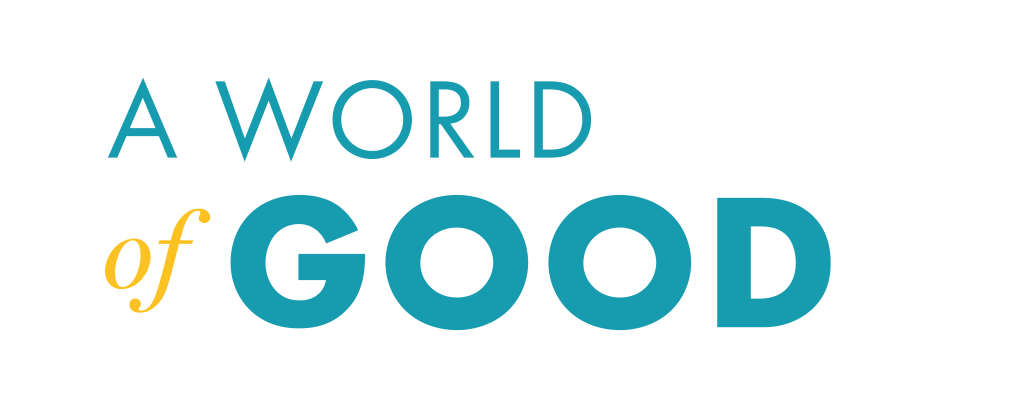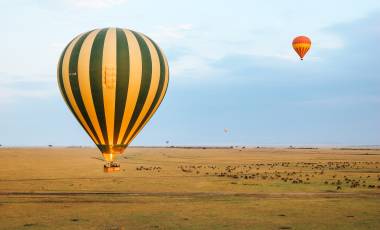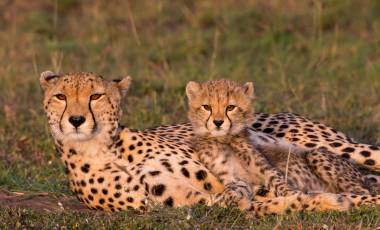In recognition of World Elephant Day on 12th August, we’re taking a look at the progress of our Free to Roam Project, which the Exodus Adventure Travels Foundation launched in 2021 in partnership with the Tsavo Trust and Tofauti on the borders of Tsavo National Park, Kenya.
All wildlife plays a role in supporting our ecosystems, and elephants are no different. Not only are they highly sensitive, caring and intelligent creatures, but they also create pathways in forested habitats for wildlife passage. Their large footprints (when filled with water), create micro-systems, that offer habitats for tadpoles and other living organisms to thrive. And these are only some of the reasons why it’s essential that we do everything we can to protect and preserve elephants.
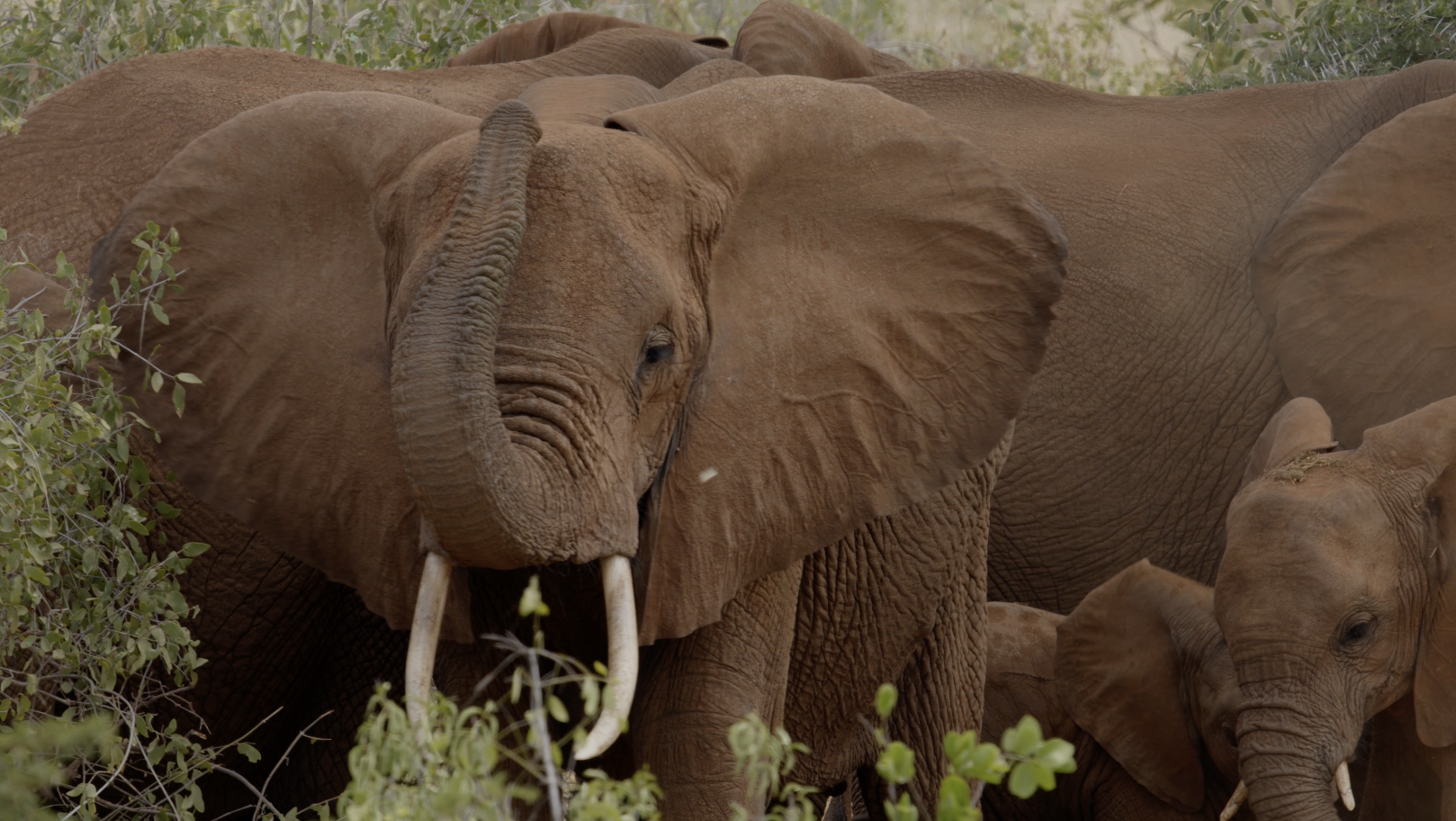
Stretching over 13,000 km2, Tsavo National Park is the largest of its kind in Kenya. Situated between Nairobi City and Mombasa, this park is home to the country’s largest population of elephants and a fifth of its Black Rhino population. Across its wooded grasslands and rugged landscapes, are a number of endangered species such as the hirola antelope, Grevy’s zebra, wild dog and cheetah. Given this incredible melting pot of wildlife, it is all the more important to conserve and protect this extraordinary region. This is why the Exodus Adventure Travels Foundation are supporting Tsavo Trust and Tofauti to give elephants and other wildlife more space to roam and empower local communities.
Kenya’s economy was severely affected by the COVID-19 pandemic, which, coupled with a rise in fuel prices, hit the locals living in rural areas (such as Tsavo National Park) particularly hard. In the Shirango Conservancy, 90% of households currently live below the poverty line and food security is decreasing. This problem was exacerbated by crops being raided by wildlife such as elephants, dik diks and impalas, which sadly led to growing frustration and increased instances of human-wildlife conflict.
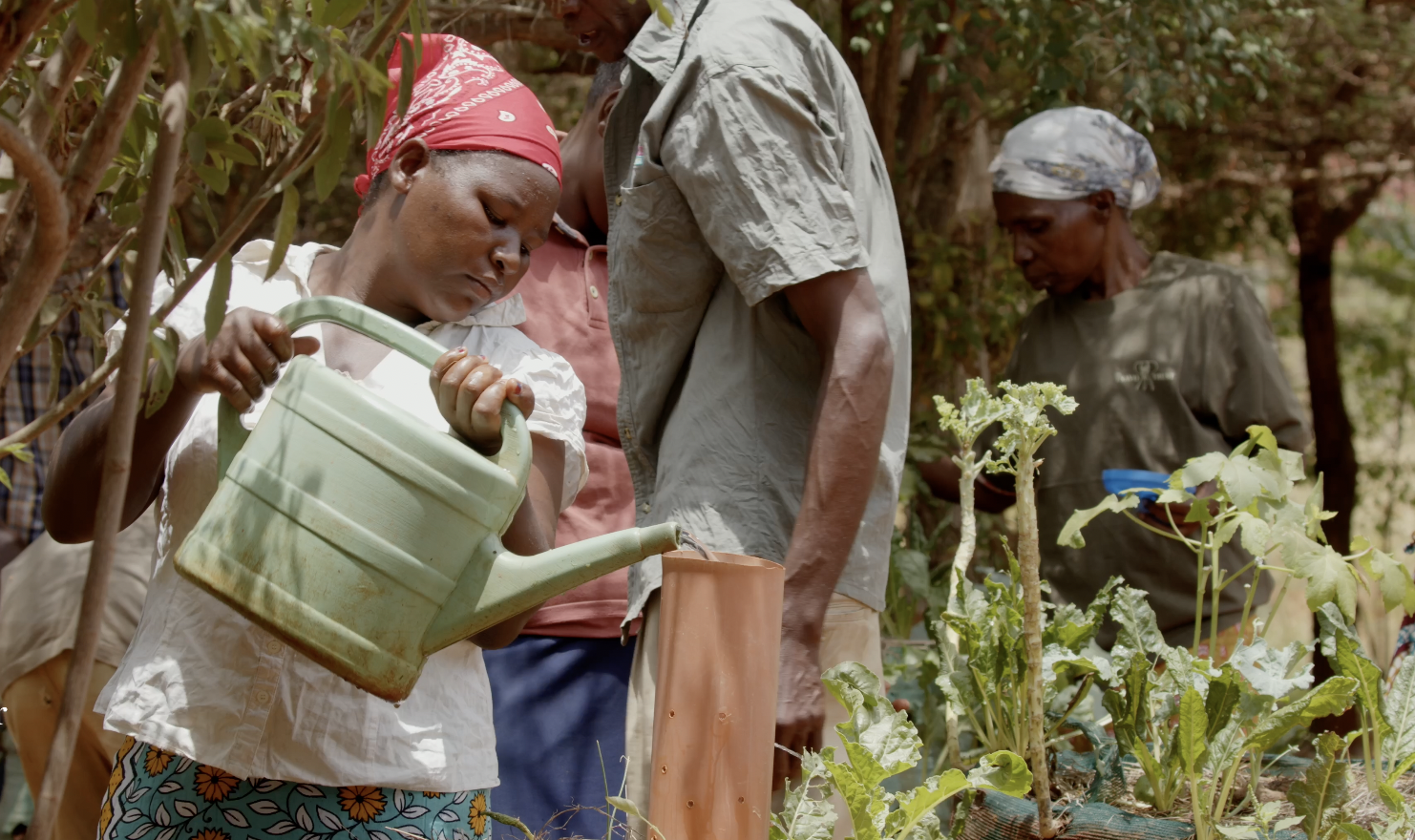
The Free to Roam project aims to reduce human-wildlife conflict and educate local people on the benefits of wildlife conservation through the introduction of the 10% Fence Plan. Building these fences gave local people more peace of mind and the opportunity to undertake permaculture training which will increase food security. The fences help reduce poaching and create a secure buffer area for wildlife to explore and promote peaceful coexistence.
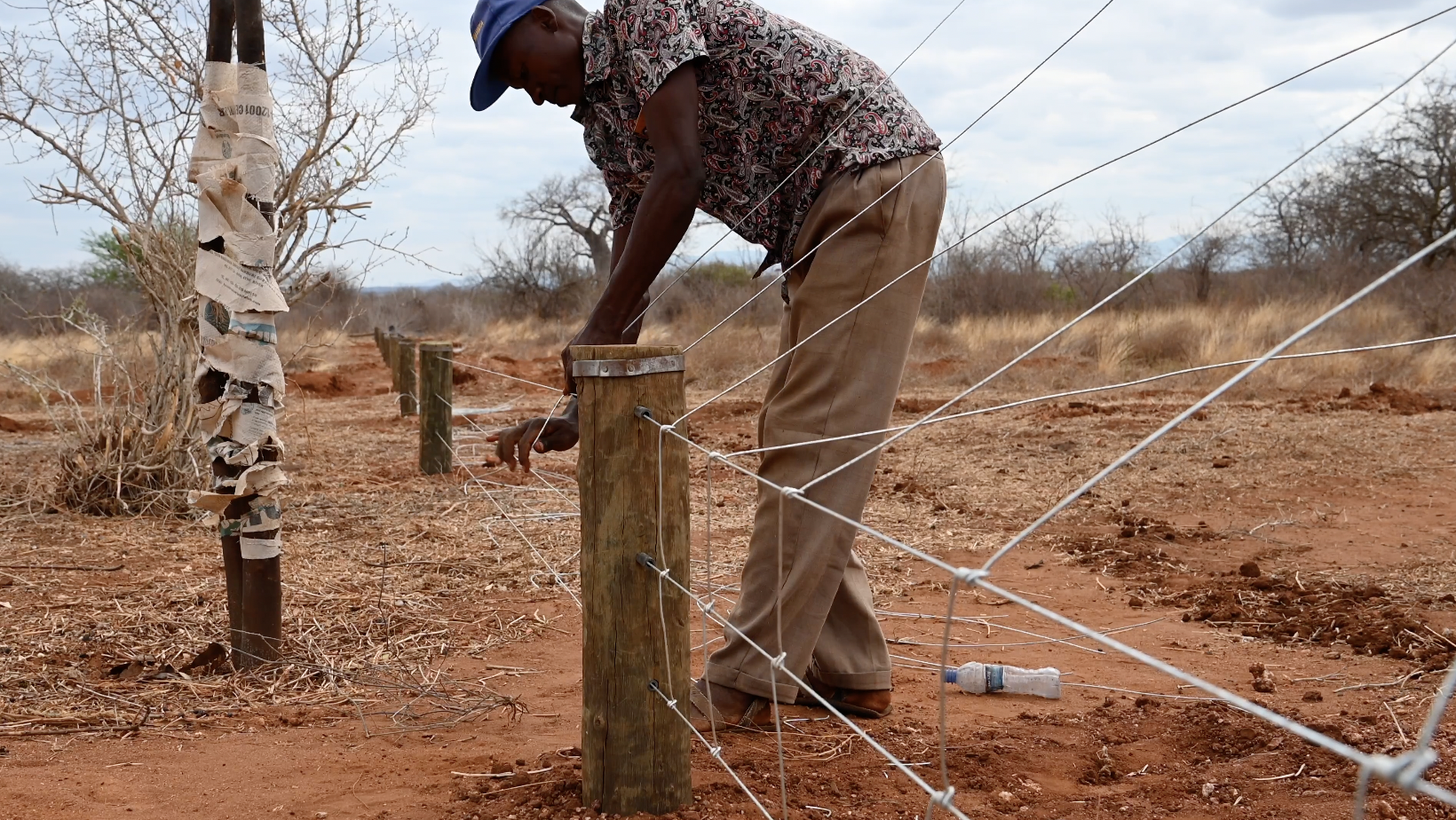
The Exodus Adventure Travels Foundation renews support for the Free to Roam Project
Following the incredible success of the 10% fence plan in the Kamungi conservancy, and support for an extension of this project into the Shirango conservancy in Tsavo East National Park, the Exodus Adventure Travels Foundation is about to fund a further phase of the project back in the Kamungi conservancy.
Kyalo Ndeto, a Kamungi Conservancy member was keen to share her experience as a beneficiary of the project, “With the new Kamungi Conservancy in place, we’ve seen the wildlife population increase and community lives have steadily improved. In the past, community members used to poach for bushmeat and have negative attitudes towards wildlife, especially elephants, but because of the increased awareness of the benefits that wildlife conservation can bring, wildlife is not just tolerated on community land, there’s a sense of harmony, with locals and wildlife living together. ”
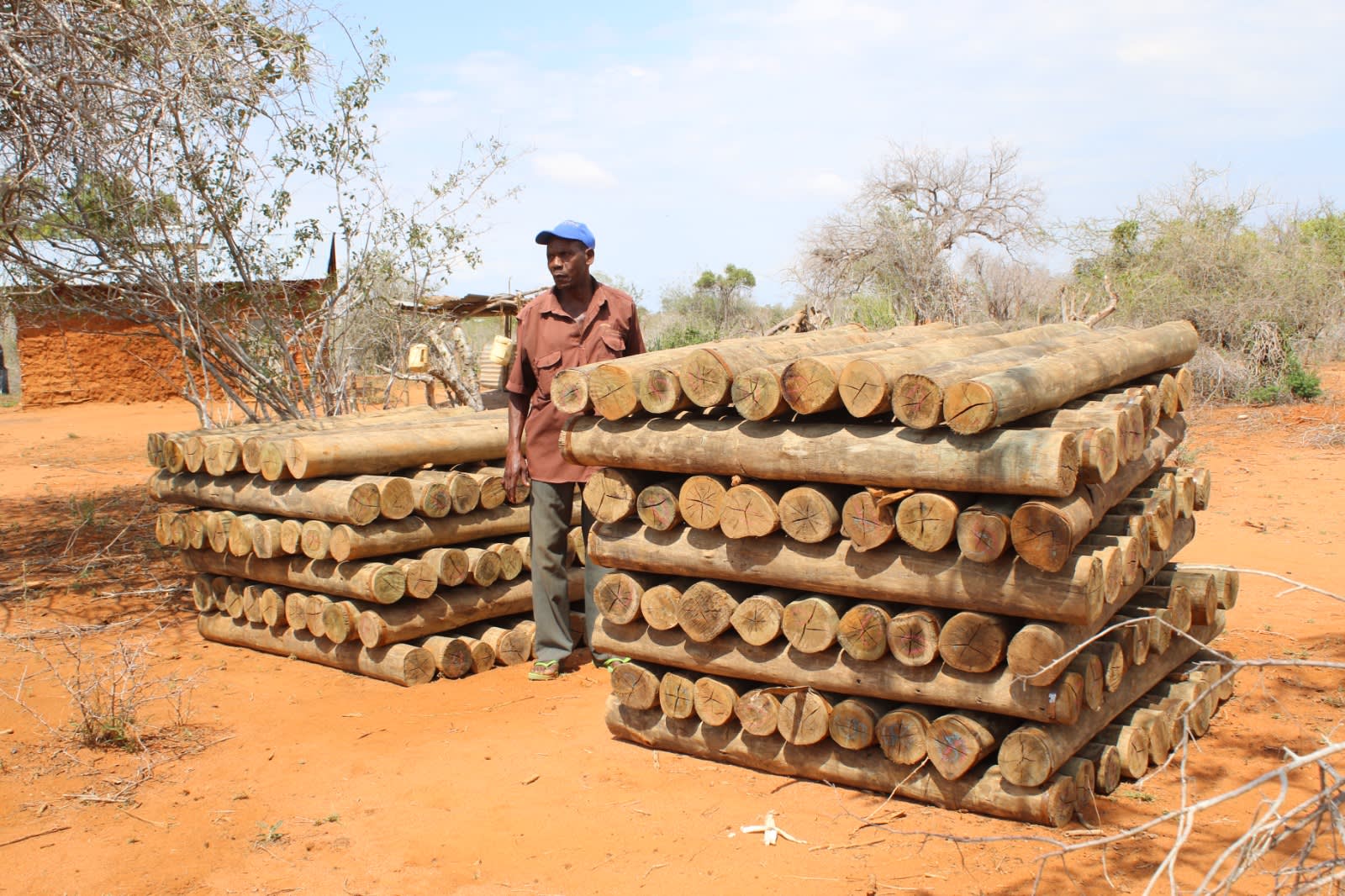
The success of the project so far
The Free to Roam Project aims to benefit the Shirango Community, which borders the southern boundary of Tsavo East National Park. This community is home to 346 households (approx. 10 members per household) and is formed on the communal lands of the Watha and Giriama people. Since the project first began, the Tsavo Trust has constructed a cumulative total of 23 fences which has helped to secure 129 acres of land, that at time of writing, currently benefits 47 members of the Shirango Community. This innovative 10% fence plan project also meant that in the past three years over 1,000 acres have been given back to wildlife so they can roam freely.
Thanks to the permaculture training included in the 10% fence plan, the 47 members involved in the project have also reported significantly improved harvests and better livelihoods, according to recent socio-economic surveys. On average, each household harvested 205 kilograms of cowpeas, 135 kilograms of maize and 285 kilograms of green grams. These incredible results represent an increase of over 70% in crop yields compared to previous years before the reconstruction of the fences. Better yet, these harvests are estimated to sustain each household for three to six months, greatly enhancing their food security and significantly reducing the risk of hunger during droughts.
Before Tsavo Trust had implemented its 10% fence plan prior to 2021, studies showed that four households lost an average of 75% of their crops per year to crop-raiding wild animals, elephants in particular. Members of these households in the Shirango Community also reported other kinds of property destruction, including damage of their water tanks. Three years on, we’re extremely happy to say that the project has been a resounding success with no reported incidents of human-elephant conflict among these households. There have also been no other reported conflicts with carnivores or other medium and large game, such as impalas and buffalos, which all demonstrates that the construction of these fences has been 100% effective in deterring wildlife from raiding community farmlands.
The Tsavo Trust Foundation are also striving to build stronger partnerships with Kenya Wildlife Services, which focuses on anti-poaching operations. Through joint efforts working with the community and local authorities, Tsavo Trust has helped to reduce poaching, logging, and charcoal production in these areas.
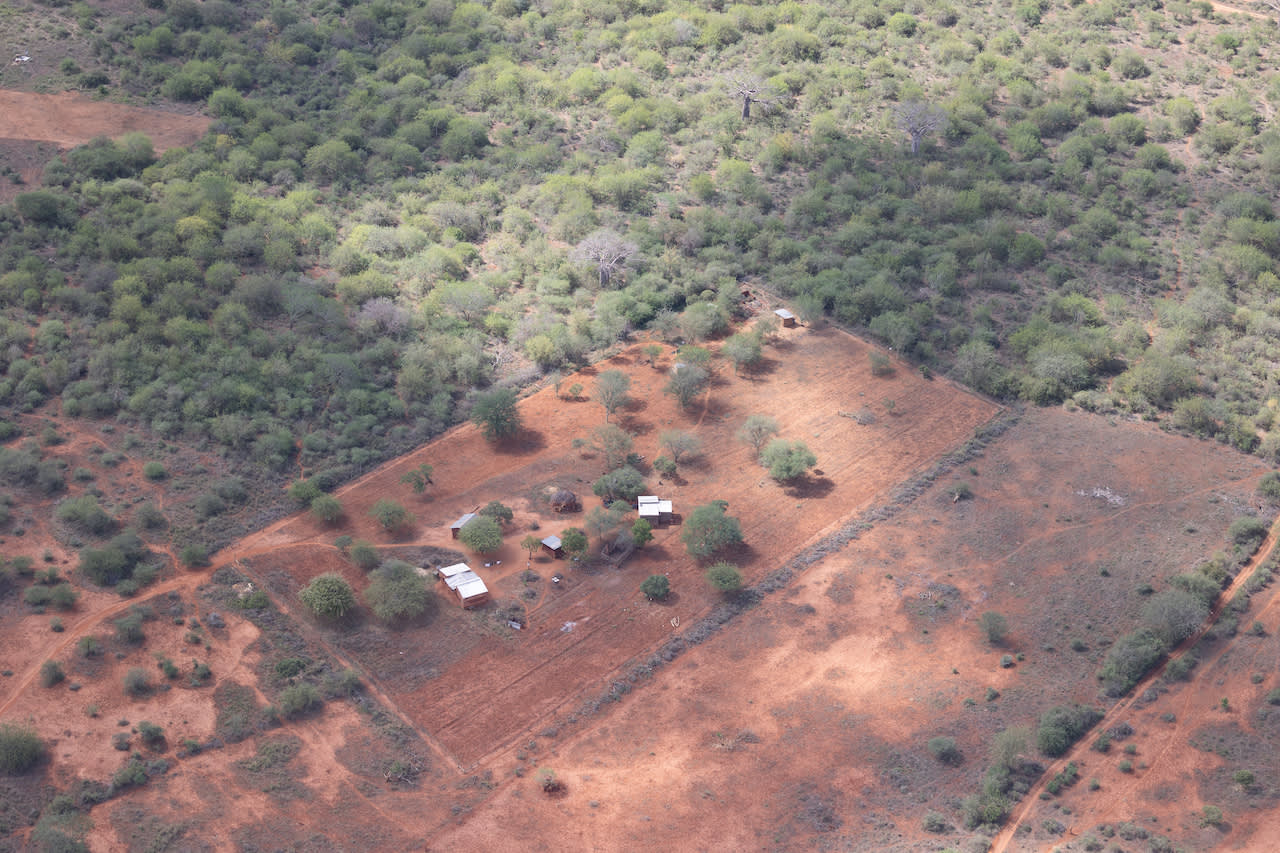
How Tsavo Trust are overcoming challenges
This incredible project hasn’t been without challenges, such as conflicts of interest between the community and local authorities. Tsavo Trust has been supporting local people every step of the way to build relationships with key stakeholders and fight for this project to be implemented.
The land surrounding the park is a mixture of public, private, trust and degazetted land from national reserves. The trust and degazetted lands are subject to insecure tenure regimes, making them vulnerable to land grabs, conversion of land to incompatible land uses, and political interference.
These lands are a prime target for livestock tycoons seeking to set up privately run livestock ranches, large-scale farmers, agribusinesses, commercial developers, and community leaders seeking to promote individual ownership of land as a means to promote their economic and political interests. Tsavo Trust’s conservation initiatives are threatened by incompatible land uses, and a lack of proper land-use planning and natural resource management.
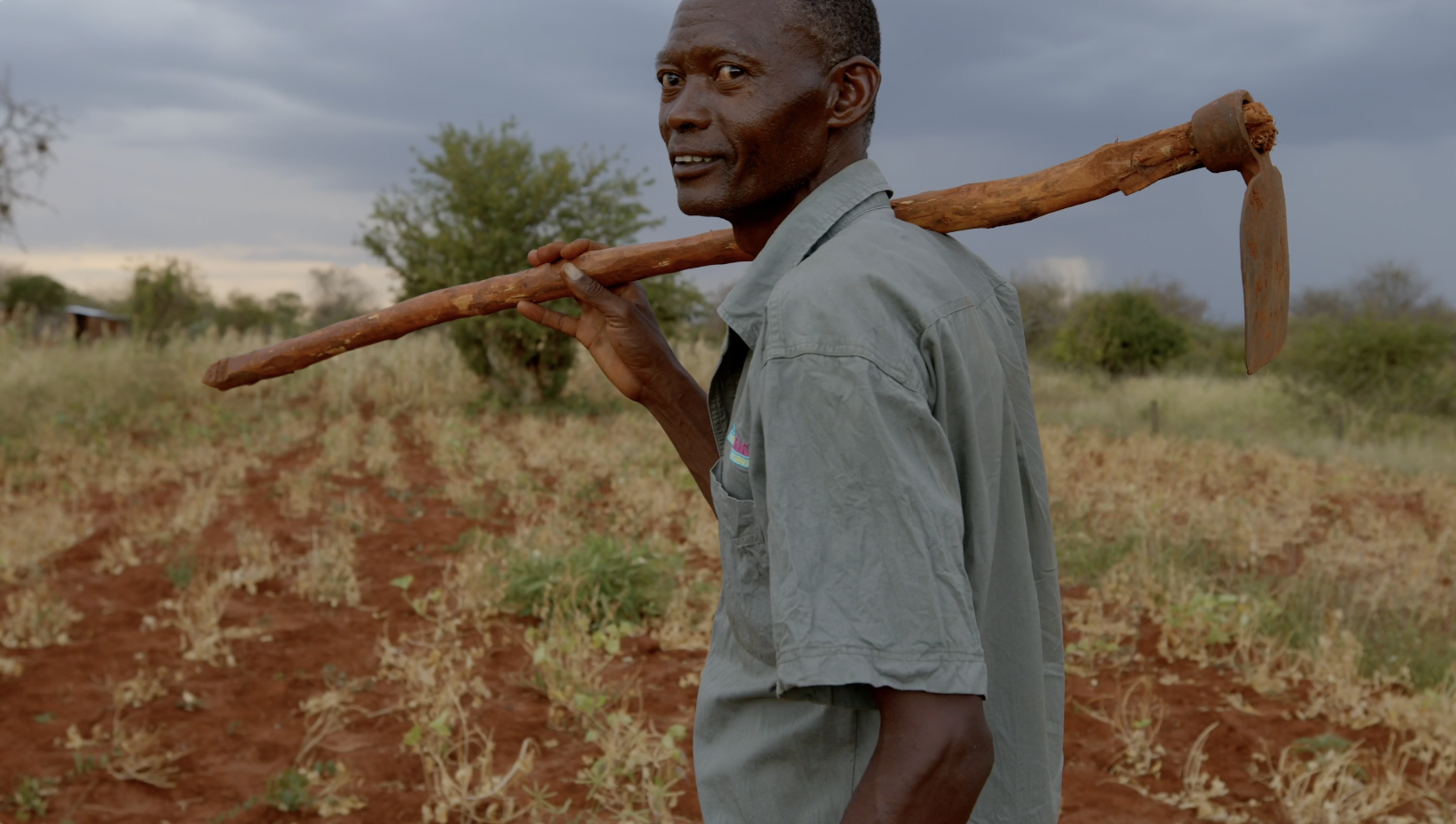
Through consistent re-engagement with the local administration, Tsavo Trust has been working alongside the Shirango community leaders and the Kilifi County Government over the past couple of years, and they’ve told us that the community have been issued with a land registration certificate for the Gede/Mitangani land, where Shirango Conservancy is located. However, Tsavo Trust emphasised that the politics surrounding securing land in the conservancy continues to be an extremely complex ongoing issue for community members today.
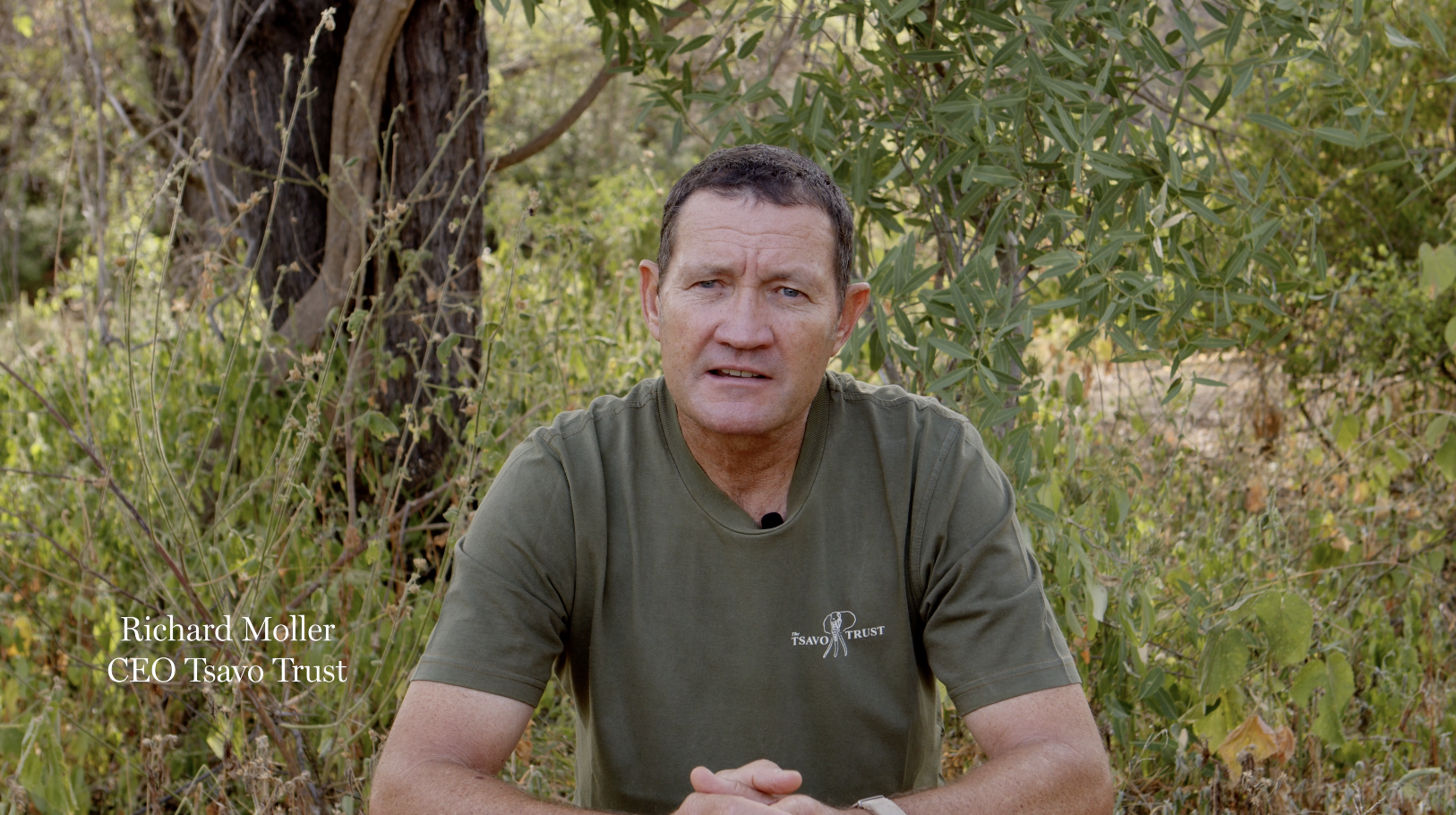
A message from Tsavo Trust CEO
When asked about the progress of the Free to Roam Project, CEO of Tsavo Trust, Richard Moller, commented, “The 10% fence plan, provides a very real, tried and tested model to mitigate such HWC threats to local communities who border protected areas. It provides an option, where there are very few, for people to coexist with wildlife. Even large wild animals such as elephants.”
He continues, “There are real-time examples today of landowners who enjoy the 10% fence plan, free from human-wildlife conflict, and are able to grow enough food crops on their land year-round. A stark contrast to historically where family members have lost their lives through wildlife conflict, a situation where it was impossible to grow any meaningful crop yield and the perception towards wildlife was very negative. The 10% fence plan has turned this around in an unbelievably short space of time. This project also ensures uplifts in livelihoods and bumper harvests for beneficiaries in the secured 10% as surplus produce is sold, fostering both conservation and community prosperity. We at Tsavo Trust and the communities we work alongside are hugely grateful to Exodus Adventure Travels Foundation and Tofauti for their generous support. Asante sana (thank you)!”
Exodus passionately believe in improving life through travel, for the people we meet, the places we visit and the planet we explore, and being able to support the Free to Roam Project has been an incredibly rewarding journey. The positive stories from the community members and the sharp decrease in human-wildlife conflicts show that this conservation model has the potential to be replicated in other national parks in Africa and possibly around the world. Tsavo Trust will continue to carry out periodic progress evaluations on the human-wildlife conflict data in the communities it works to serve, and have plans to extend this model further, subject to funding availability. So, we’d like to encourage our generous community of travellers to donate to this extremely worthy cause today to help make a difference to the livelihoods of people on the borders of Tsavo National Park and the incredible wildlife that surrounds them.

